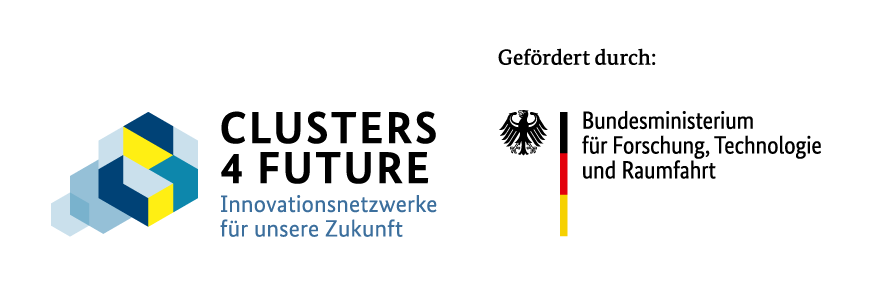As part of the STEAM joint project, we developed a semi-flexible bus system that integrates both passenger and parcel transportation. The aim was to make local public transport more sustainable, make better use of bus capacities and create new opportunities for urban mobility. The system was successfully tested in simulations and in real-life laboratories under real conditions.
We have made rigid bus routes more flexible to enable dynamic routes that adapt to the needs of passengers and logistics. We have developed new vehicle concepts that enable the transportation of passengers and parcels in one vehicle. These concepts were developed through data analysis, mathematical optimization and virtual reality prototypes and verified in real tests. Collaboration with industrial and academic partners played a crucial role.
Our aim was to make local public transport more efficient, environmentally friendly and customer-oriented. By combining passenger and freight transportation and introducing flexible bus routes, we were able to increase transport efficiency, reduce emissions and increase customer satisfaction. The insights gained were incorporated into recommendations for action and business models that support a sustainable mobility future.
A committed consortium of experienced partners from science, business, the public sector and society worked together on an interdisciplinary and transdisciplinary basis.
Want to shape the future of mobility with us?
Then please get in touch with us.
